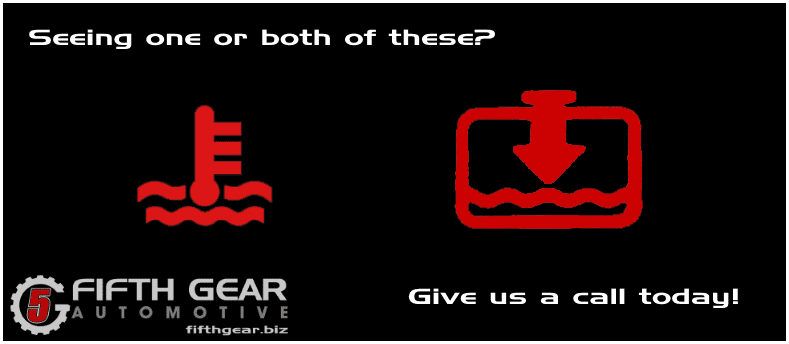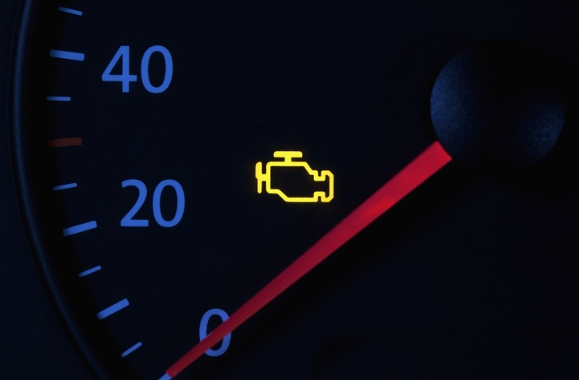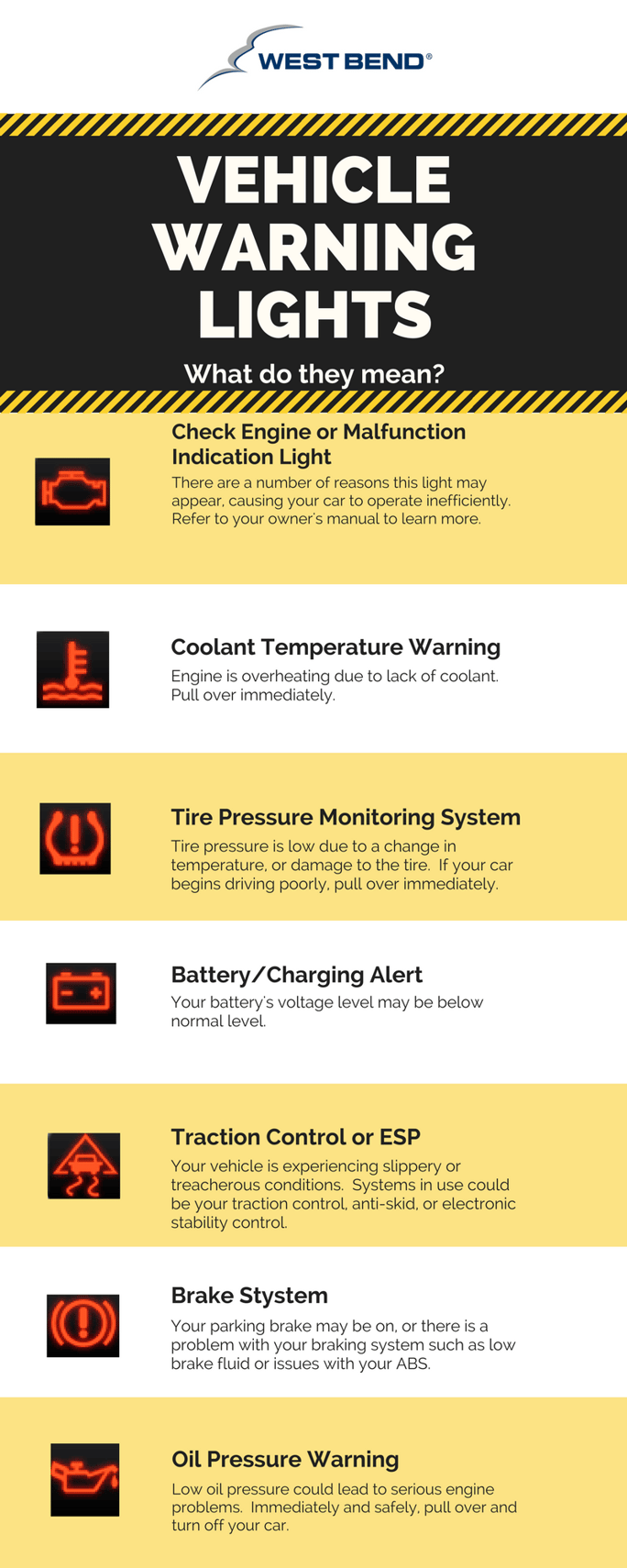If you’re wondering can low coolant level cause check engine light, the answer is yes — and it’s a warning you shouldn’t ignore. A low coolant level can trigger the check engine light because it affects your engine’s ability to regulate temperature properly.
Coolant plays a vital role in preventing overheating and keeping your car running smoothly. When levels drop too low, sensors detect abnormal engine conditions, causing the light to appear.
In this post, we’ll explain why this happens, the symptoms to watch for, and what steps you should take to protect your engine and avoid costly repairs.

Credit: www.kseal.com
Low Coolant Level Basics
Coolant is a liquid in your car’s engine. It helps regulate temperature. It prevents the engine from overheating. It also stops the engine from freezing in cold weather. Coolant often has a bright color, like green or red. This makes it easy to spot leaks.
Coolant is vital for your car’s health. It keeps the engine at the right temperature. Without enough coolant, the engine can overheat. Overheating can cause serious damage. Low coolant levels can also trigger the check engine light. Always check your coolant level regularly. Top up if it’s low. This simple step can save you from big problems.

Credit: fifthgear.biz
Check Engine Light Causes
The check engine light can turn on for many reasons. One common cause is a loose gas cap. It can also be triggered by a faulty oxygen sensor. Low coolant levels can also make the light come on. This is because coolant keeps the engine from overheating.
Sensors play a key role in your car. They monitor many things. For example, the oxygen sensor checks the exhaust. The coolant temperature sensor checks engine heat. If any sensor finds a problem, it sends a signal. This signal can turn on the check engine light.
Low Coolant Impact
Low coolant can make the engine overheat. The engine needs coolant to stay cool. Without enough coolant, the engine gets too hot. This can lead to serious problems. The engine might stop working.
Low coolant can damage engine parts. The heat can break parts like gaskets. This can cause leaks. Leaks can cause more problems. Fixing these parts can be expensive. It is important to keep coolant levels normal.
Symptoms Of Low Coolant
A car’s temperature gauge going up is a major warning. If it gets too hot, it could mean low coolant. Another sign is a sweet smell coming from the engine. This could be the coolant leaking. Steam or smoke under the hood is also a bad sign. The heater in your car might not work well if coolant is low.
Check the coolant reservoir. If it’s below the minimum mark, you need more coolant. Look for puddles under your car. This could be a leak. The engine light might come on if there are coolant issues. Always keep an eye on these signs to avoid bigger problems.
Diagnosing The Issue
Diagnostic tools help find car problems. A code scanner reads error codes. These codes come from the car’s computer. Low coolant can trigger these codes. Mechanics use scanners to check the problem.
This saves time and money. You can also buy a scanner. Use it to check your car at home. Follow the steps in the manual. Scan the car and read the codes. Fix the issue if you can. If not, get help from a mechanic.
A mechanic can inspect your car. They check the coolant level. They look for leaks. They also inspect the radiator. If the coolant is low, they will add more.
They will also check for other issues. A low coolant level can cause many problems. Fixing it quickly is important. Professional help ensures your car is safe.

Credit: www.kseal.com
Preventive Measures
Regular maintenance is crucial for your car. It keeps it running smoothly. Schedule your car for regular check-ups. This can prevent many issues. Low coolant levels can be detected early.
Fixing small problems early saves money. It avoids bigger repair costs later. Always follow the car’s manual. It has a maintenance schedule.
Check your coolant level often. Make it a habit. Low coolant can cause the engine to overheat. This can trigger the check engine light. Always check the coolant when the engine is cool.
Never open the cap when the engine is hot. It can cause burns. Use the correct coolant type. Refer to the car’s manual for this.
Resolving Low Coolant Issues
Low coolant can make the check engine light come on. Always check the coolant level. You can find the coolant tank under the hood. Open the cap when the engine is cool. Fill the tank to the right level.
Use the correct type of coolant. This keeps the engine safe. Always close the cap tightly. Check the level again after some days.
Leaks can cause coolant to drop. Look under the car for puddles. Check hoses and radiator for cracks.
A mechanic can help find hidden leaks. Fixing leaks stops coolant loss. It keeps the engine from overheating. Regular checks can spot leaks early.
When To Seek Help
Low coolant levels can trigger the check engine light. Seek help if you notice this warning light. Timely action prevents engine damage.
Signs Of Severe Problems
A low coolant level can cause the check engine light to turn on. Engine overheating is a major sign. This can lead to engine damage.
You might also notice steam coming from the engine. Strange noises can also indicate trouble. These can include knocking or ticking sounds. A sweet smell might come from the engine.
This could mean coolant is leaking. Pay attention to dashboard warnings. Ignoring these can be risky. Safety is key. If unsure, get help soon.
Choosing A Mechanic
Choosing the right mechanic is crucial. Ask for recommendations from friends. Check online reviews. A good mechanic has clear pricing. They explain issues in simple terms.
Look for certified professionals. Trust is important. The shop should be clean and organized. This shows they care. Communication matters. They should answer your questions.
A reliable mechanic will ensure your car is safe. Don’t wait if your car needs help.
FAQs on Can Low Coolant Level Cause Check Engine Light?
Will The Engine Light Come On If The Coolant Is Low?
Yes, the engine light can come on if the coolant is low. Low coolant can cause overheating and trigger the light.
What Is The Most Common Cause Of A Check Engine Light?
The most common cause of a check engine light is a faulty oxygen sensor. This part monitors exhaust emissions.
What Are The Symptoms Of Low Coolant Level?
Low coolant levels cause engine overheating, temperature gauge fluctuations, poor heater performance, and visible coolant leaks.
Will The Check Engine Light Come On For Low Fluids?
Yes, the check engine light can come on for low fluids. Low coolant or oil levels may trigger it.
Conclusion
Low coolant levels can trigger the check engine light. This issue impacts engine performance and could lead to serious problems. Regularly check and maintain coolant levels. Doing so prevents engine damage. Stay proactive about vehicle maintenance. It saves money and ensures a smooth ride.
Remember, a well-maintained car means fewer surprises on the road.

